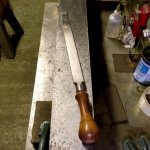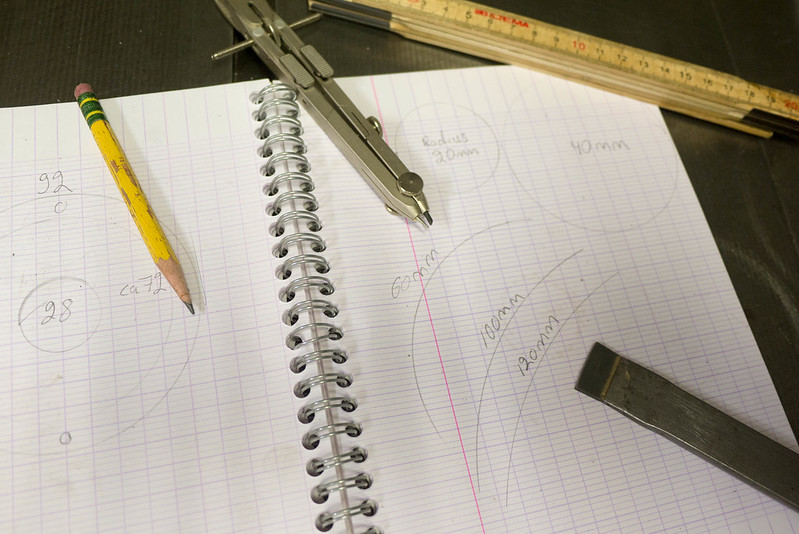As part of my quest to learn some scraping I am looking to build myself a hand scraper, I am copying Stefan Gotteswinters design which I believe is a copy of a sandvik or perhaps it was a Biax. Anyway I was looking to see what a scraper blade costa and I looked at ebay and found someone selling supposedly old russian stock.
I am wondering if anyone else have tried these and know if they are worth pursuing or not? They also sell a scraper but based on what I have read on this forum, a flat and springy scraper is better than one of the design they sell.
Scraper blade:
Carbide Inserts For Scraping 15x3�mm (WC6-UF) | eBay
Hand scraper:
Hand metal scraper | eBay
I am wondering if anyone else have tried these and know if they are worth pursuing or not? They also sell a scraper but based on what I have read on this forum, a flat and springy scraper is better than one of the design they sell.
Scraper blade:
Carbide Inserts For Scraping 15x3�mm (WC6-UF) | eBay
Hand scraper:
Hand metal scraper | eBay
















